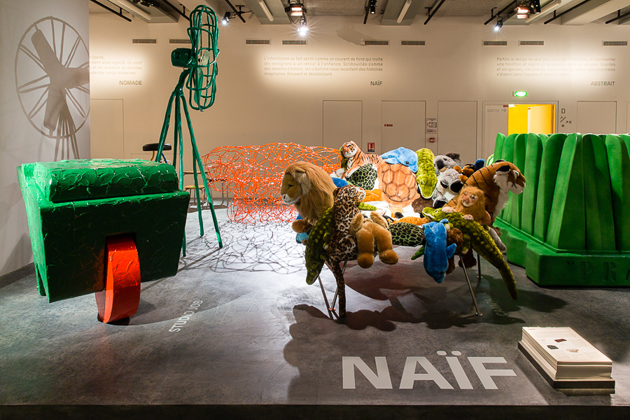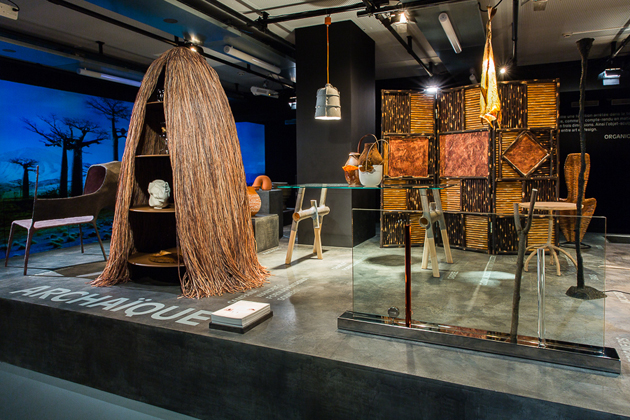
How can design predict the future? How does it stand for a valuable indicator of our inner moods? Do we need prophecies also in design? And, above all, is design-telling a new promising boundary of the discipline? In our post-modernist and post-industrial world, where ideologies have lost their relevance and rationalism is no more on the forefront of design talks, designers (and consumers?) seem unconsciously attracted by the power that furniture holds to transform itself into symbols and generators of meaning. Oneiric, statuesque, sarcastic, design is the bearer of archaic, long-term archetypes that change their form according to styles but keep intact their ability to express sense and aura.
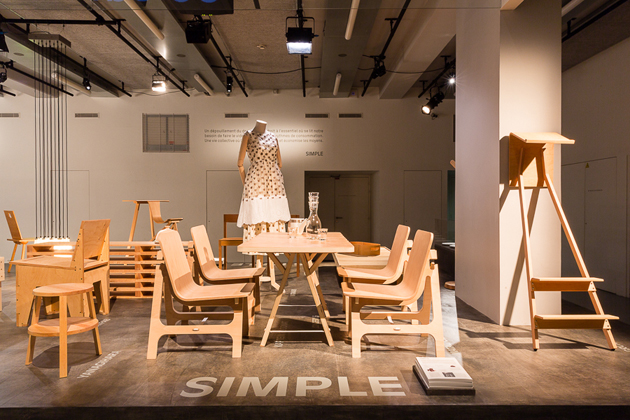
At least, this is the field that one of the most acclaimed worldwide trendsetters, Li Edelkoort, has decided to investigate with a new exhibition, “Oracle du Design”, a search for long-term visions and lifestyles embodied in contemporary furniture. Curated for Gaîté Lyrique in Paris, it showcases a selection of more than a hundred pieces from the Centre National des Arts Plastiques’s (CNAP) collection, which clearly manifest Edelkoort’s predilection for limited edition, Dutch design, spanning from the ’90 to ’10 (does anybody remember her private collection exhibited at Institut Néerlandaise in Paris in 2013?).
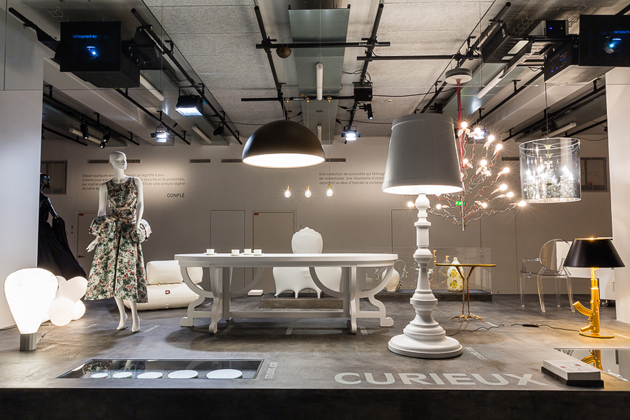
At a deeper insight, however, “Oracle du Design” remains a careful taxonomy attempt that looks at semantics as a lead to investigate and as a research to be kept updated. The objects on show, in fact, are gathered according to ten tags – Archaic, Simple, Nomad, Organic, Inflated, Naïf, Curious, Humble, Abstract, Mutant – each expressing a trend that can be presumed from materials, technology, form, concept and inspirations, attitude.
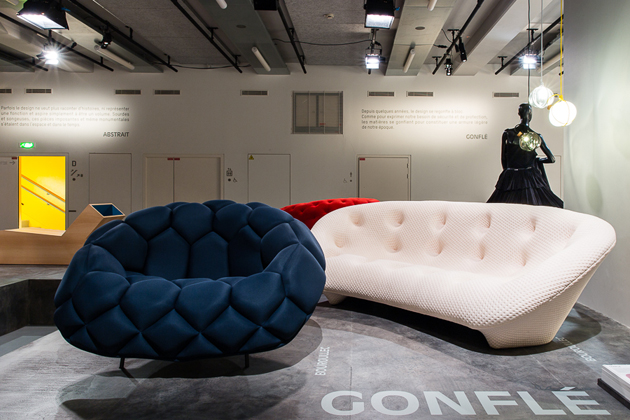
Ultimately, how does future look like in Edelkoort’s eyes? Not monolithic and alike for all, it’s sure. Everybody, in fact, has the chance to identify himself in at least one of the design visions on show, or to pick what he feels more comfortable with, going beyond the boundaries of each label. As we said, the time of great, collective narrations is over: welcome to the age of multiple singularities, where no trend emerges above the other, but stands with equal dignity and charm according to consumers’ profiles.
